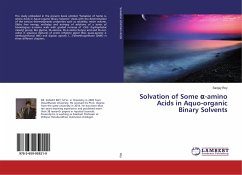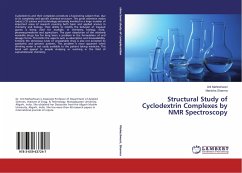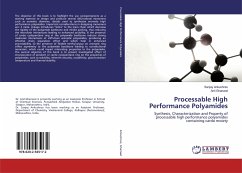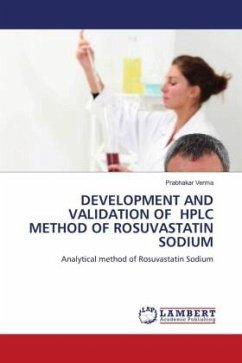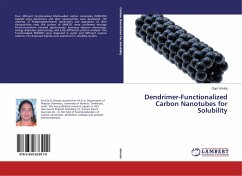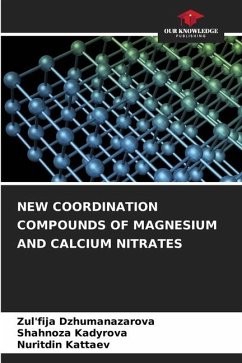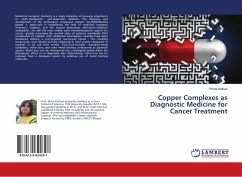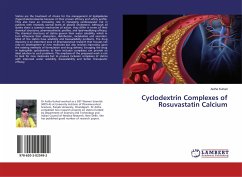
Cyclodextrin Complexes of Rosuvastatin Calcium
Versandkostenfrei!
Versandfertig in 6-10 Tagen
24,99 €
inkl. MwSt.

PAYBACK Punkte
12 °P sammeln!
Statins are the treatment of choice for the management of dyslipidemia /hypercholesterolaemia because of their proven efficacy and safety profile. They also have an increasing role in managing cardiovascular risk in patients with relatively normal levels of plasma cholesterol. Although all statins share a common mechanism of action, they differ in terms of their chemical structures, pharmacokinetic profiles, and lipid-modifying efficacy. The chemical structures of statins govern their water solubility, which in turn influences their absorption, distribution, metabolism and excretion. Most of t...
Statins are the treatment of choice for the management of dyslipidemia /hypercholesterolaemia because of their proven efficacy and safety profile. They also have an increasing role in managing cardiovascular risk in patients with relatively normal levels of plasma cholesterol. Although all statins share a common mechanism of action, they differ in terms of their chemical structures, pharmacokinetic profiles, and lipid-modifying efficacy. The chemical structures of statins govern their water solubility, which in turn influences their absorption, distribution, metabolism and excretion. Most of the statins have solubility and bioavailability problems. The drug discovery is an important area of pharmaceutical research that focuses not only on development of new molecules but also involves improving upon the existing methods of formulation and drug delivery. Encaging the drug in hydrophilic cyclodextrins to form inclusion complexes can provide an ideal solution to such problems. The emphasis of the proposed work is not to look for new molecules but to prepare inclusion complexes of statins with improved water solubility, bioavailability and better therapeutic efficacy.



